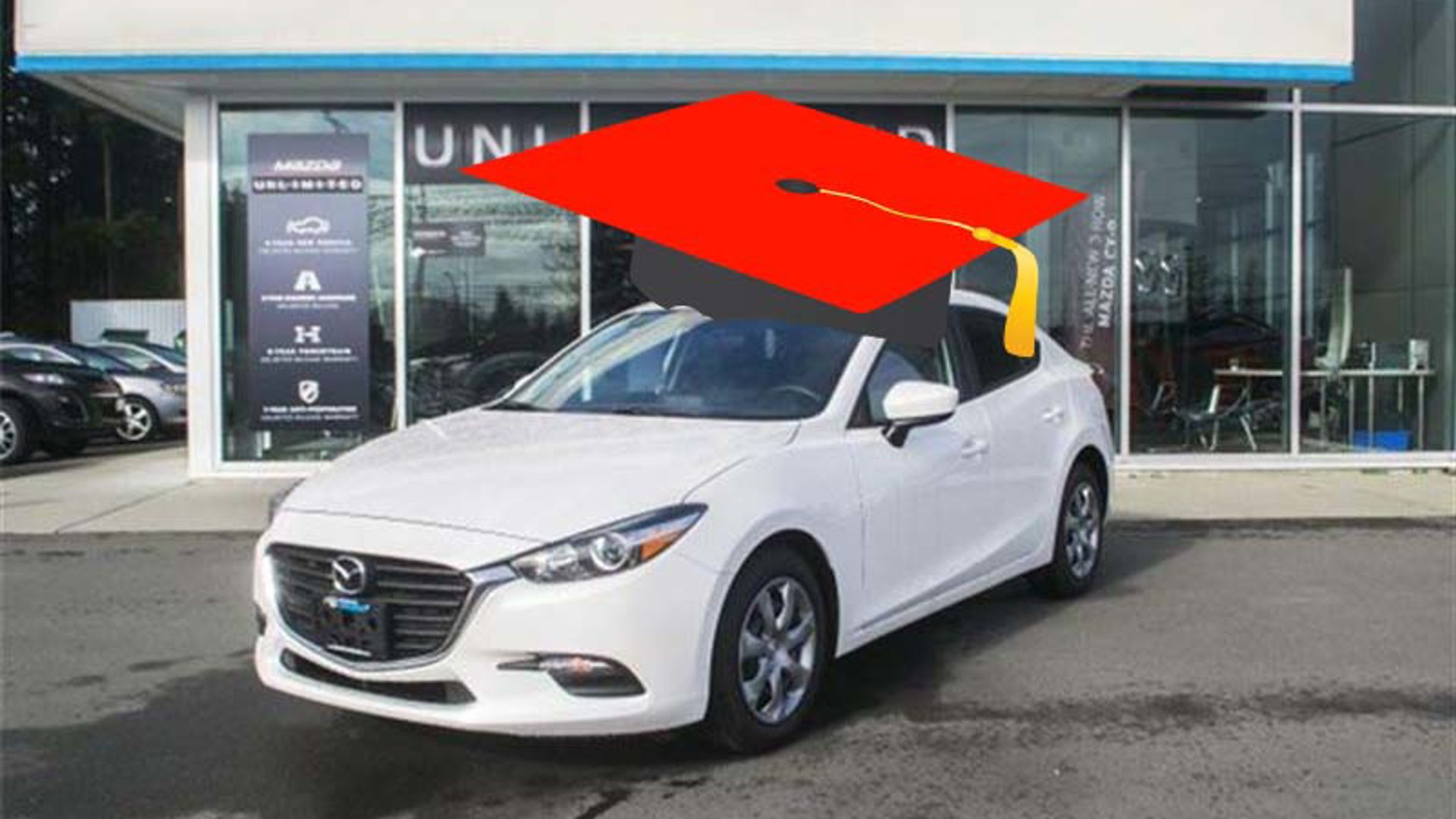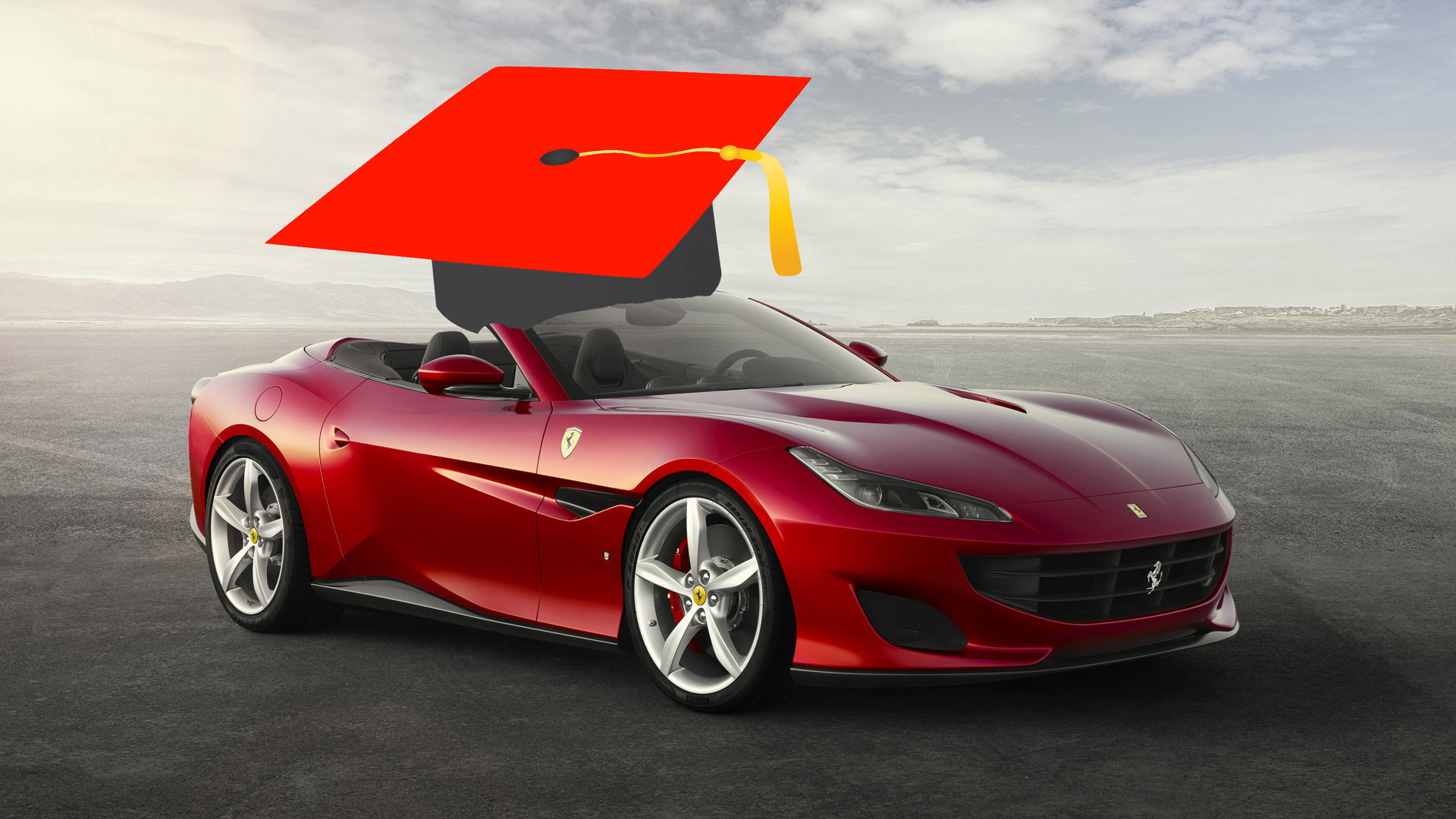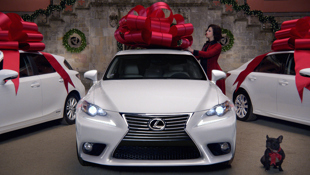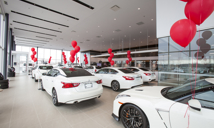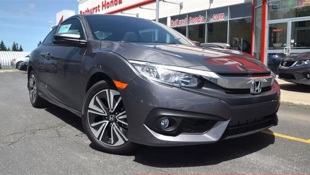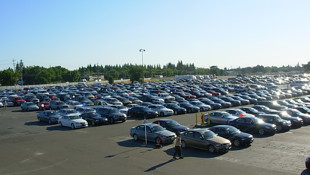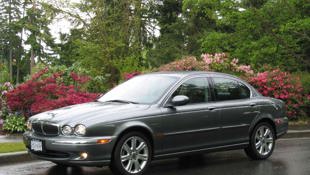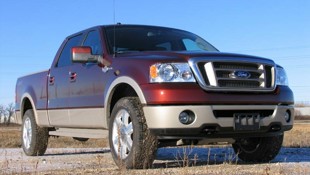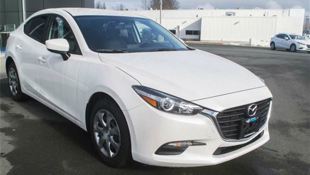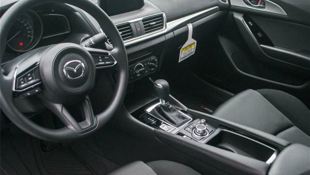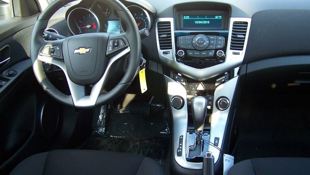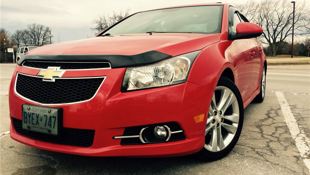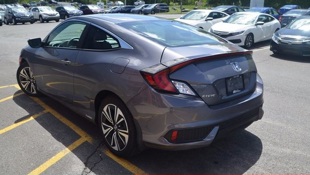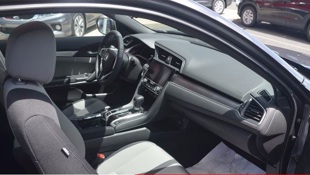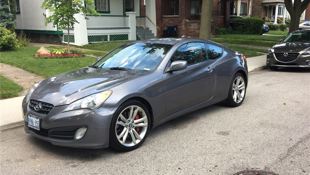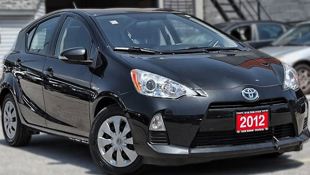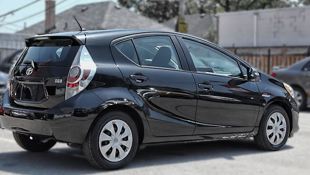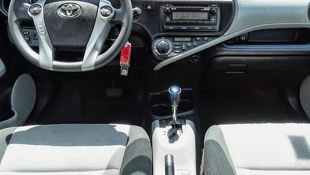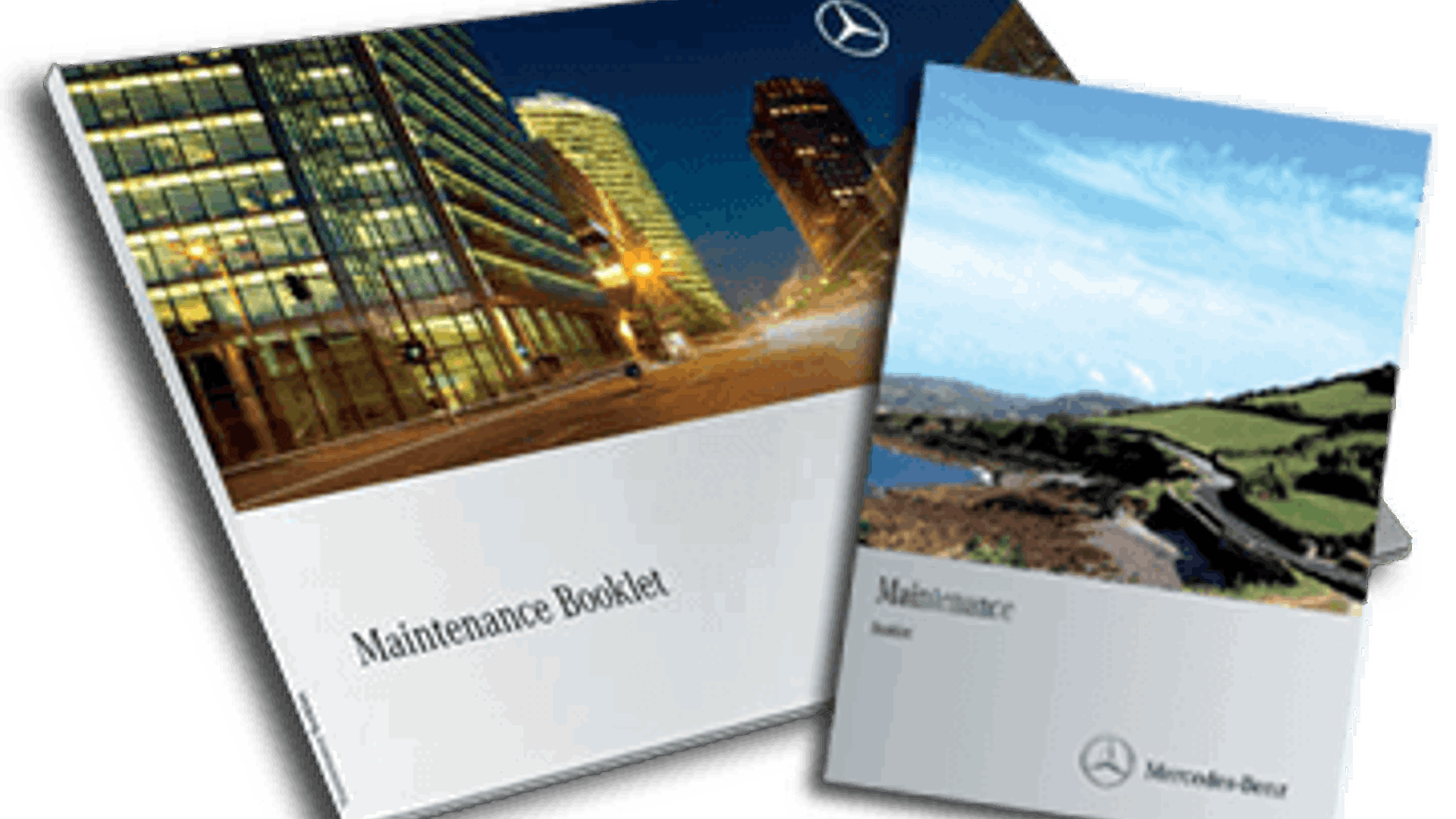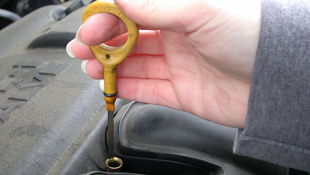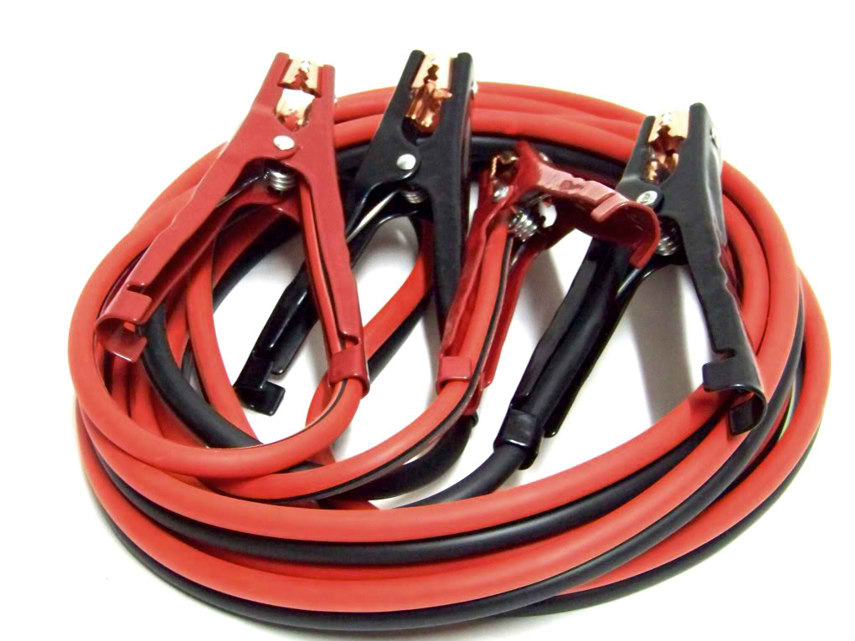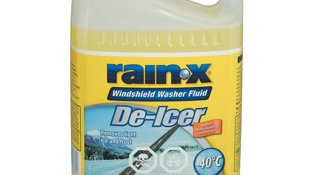For the thousands of Canadian high school students who graduated this year, it's time for an exciting new step in their journey. Be it college, university, an apprenticeship, or moving into the workforce, it's time for a new or new-to-them vehicle to get them to that next stage.
Buying that new vehicle is a big investment, with lots of questions and choices. So here's our autoTRADER.ca guide to buying new or used for back-to-school. This includes our own Coles Notes with our recommendations for best-pick vehicles, and tips for teens who are responsible for their first car.
The first big choice when picking out your car is the colour. Just kidding – although for many that's pretty high on the list. We're talking new or used. Both have benefits, both have downsides, so here's a look.
New cars: the latest and greatest
New cars are the "easy button" of car ownership. You walk into a new-car dealer, tell them what you want, which options you want, and they bring it around for you. If they don't have it, they can probably get it in a few days.
That ease extends to the ownership experience. New cars come with new car payments that often have a lower interest rate than used. They have a long warranty, anywhere from three to ten years. That warranty usually includes roadside assistance, so if there is a problem you aren't stranded on the road.
New cars have all the latest technology. That includes more than just support for your new iPhone, it means it's more likely to have convenience features like heated seats. Those are available on almost every new car but are rare on used cars from a generation ago. New cars typically also have better fuel economy. Many cars have improved their fuel economy ratings significantly with their newest models. Keep in mind potential fuel savings could mean a lot more pizza – I mean textbook – money.
They also have more safety technology, with new cars getting backup cameras, parking sensors, blind-spot monitoring, lane-departure warnings, and more. All of those features are common on new cars, but were high-tech options or unavailable on many cars just five years ago.
New cars have that new car smell, too. Along with a blank-slate history that makes them more appealing. If you're shopping new cars, leasing is an easier option, although leasing used vehicles is also sometimes available.
The downside of new is the cost. All of that new-car niceness comes with a new-car price tag, as well as the major depreciation of that car in its first few years. It also comes with new-car insurance rates, and the extra fees like freight and other taxes that increase your initial cost.
Used cars: the world's your oyster
If you don't want a new car, the alternative is a used one. They're also marketed as second-hand, pre-owned, or véhicule d'occasion, depending on where you live. Used cars take some of the disadvantages of new cars and turn them into benefits.
Like the price, for example. Used cars cost less than the same car new, because they've already been driven for some of their useful life. New cars often lose 15–25 percent of their value in the first year. That's a major benefit for the used car buyer. You can get most of the car's life, and most of the warranty (plus you can purchase more if you want the peace of mind), for 25 percent off. And there won't be AC tax or a freight charge either.
There is also more selection in used cars. Trims that weren't available this year, models that were over your budget as new cars, even cars that haven't been made in years. If that's what you want, it's available as a used car.
Used cars can be cheaper after the sale too. Insurance is generally lower; the car is worth less so the claims are lower. A used car might already have a ding or a dent, which means that if you add to the collection – and yes, young drivers are still more likely to get into scrapes or a crash – you might not be as likely to have it repaired. That saves you money but can help save your insurance premiums too. It also saves you the "first scratch dread", and that feeling definitely has some value. It at least lets you park closer to the mall.
But used cars aren't perfect either. With age comes kilometres, and with both come repairs and maintenance. A used car is more likely to need repairs, and those repairs may not be covered under warranty. That's why they're cheaper to buy. You can buy an extended warranty, but bigger maintenance items like new brakes, tires, or a timing belt will still be coming out of your pocket.
Top of the class
Now here are our top cars for back to school. We'll start with compacts. They're the most affordable category, but still offer lots of great car choices with room for your friends and your stuff.
For a new compact, we recommend something like this 2017 Mazda3 GX, for sale in BC. The Mazda3 has a six-speed automatic, six-speaker stereo with 7.0-inch touchscreen, a rear-view camera, and lots of airbags.
If your budget is a little tighter, something a few years older like this 2012 Chevrolet Cruze is a little more budget friendly. It's the RS trim, which means sportier wheels and suspension, and it still has a USB port to charge and control your phone. It also has OnStar with automatic crash response, hands-free calling, and emergency service support.
If you want something with a little more sport, and fewer doors, check out a new Honda Civic coupe, like this one in Bathurst, NB. It has a 1.5L turbocharged engine, power sunroof, remote start, Apple Carplay, Android Auto, and paddle shift control. It also has Honda Sensing that adds collision-mitigation braking, adaptive cruise control, lane-departure warnings, and a road-departure-mitigation system.
For a budget friendly sporty option, we recommend a used Hyundai Genesis coupe, like this one. It has a 2.0L turbocharged engine, rear-wheel drive, manual transmission, 19-inch wheels, and Brembo brakes. And a new clutch, in case this is your first manual-equipped ride.
We've got a fuel-sipping and environmentally friendly option too. Check out a used hybrid like this Toyota Prius C. It's rated to get 4.7 L/100 km combined, but still has air conditioning, can control your phone, and has lots of room in the hatch.
Caring for your new car
Modern vehicles are more reliable than they used to be, but they are still amazingly complex and advanced mechanical devices. That means they need care, attention and maintenance. If this is your first vehicle, the amount of information people will give you about maintenance can be overwhelming.
We recommend that you read your owner's manual. Sure, it seems obvious, but the maintenance instructions in there are from the people who built your car. Change fluids, inspect systems, and service things like the brakes when the manual tells you to do it. Even if the work isn't done at the dealer, make sure the work is done. And save your receipts. It will help protect your warranty and prolong the life of your new vehicle. Make sure to read what the manufacturer calls "severe service". For some manufacturers, the salt and cold of Canadian winters require more frequent service.
In between maintenance services, make sure to check on your tires from time to time. Buy a tire gauge that's easy to read. Manufacturers recommend you check tire pressure monthly, especially if the temperature has risen or fallen significantly. Low tire pressure can lead to increased fuel use, but it also impacts handling, braking, and stability. A very low tire can be damaged and fail, most likely while you're on the highway. Check the tread too. If it looks strange, you might have suspension or alignment issues.
Check your oil monthly as well. Most engines have a low oil light, but by the time it illuminates, the problem can already be expensive. Plus if you check your oil frequently, you'll notice if it doesn't look right. Like if there is a coolant leak entering the oil and it looks like a chocolate milkshake on your dipstick. If you see something unusual, it's a good time for a visit to your mechanic. Check your brake fluid and coolant levels as well. If you're not sure how to check your car, the manual will tell you, or your mechanic will probably point you in the right direction.
Check the condition of your windshield wipers. Wiper blades degrade with time and sun exposure. They can get bad enough to scratch your glass, but before that they'll stop clearing water effectively. Replace blades every six months to a year for best visibility, and make sure you are buying a quality replacement blade. Some cars use replaceable inserts. That means that you only have to buy a small strip, available from the dealer, instead of the full blade assembly. It's a more affordable way to get quality wipers.
Washer fluid is an often overlooked but always appreciated thing to check. Winter driving in some parts of the country can use up a jug of fluid every few weeks. Make sure to keep some in the trunk in winter, but keep an eye on the level in the reservoir. If you live in or visit cold areas, make sure you buy a winter fluid rated for the temperatures you're likely to see. That -35°C fluid really will freeze at -35 – sometimes even at slightly warmer temperatures. Frozen washer fluid will expand and can damage the tank, pump, and lines. Plus it'll leave you with a salty windshield.
Being prepared
When you're travelling, there are some important things to keep in the car or on your person. Like your driver's license. If you're not used to carrying it, leaving it at home can result in a big fine. That applies to your vehicle registration and insurance as well. If you get a new sticker, don't forget to put it on your car. Don't forget to renew your registration either. Some provinces require it yearly, some every other year, but not all of them will send you a reminder. Letting your registration lapse is another big ticket, and the paperwork needs to be with the car whenever it's being used.
Insurance is also important. You've shopped around for the best rate, now make sure you have your valid paperwork. When the new card arrives, make sure it replaces the old one. Not having it is a big fine and possibly means demerit points on your license.
Keep a snow brush and scraper in your car. In the winter at least, although depending on where you are the winter season can range from October to June. Coming out to the first snowfall or frost without a brush or scraper can lead to a long night of frozen fingers. And if you do forget your scraper, the long edge of a credit card does a surprisingly good job in a pinch. Keep some extra winter washer fluid in the trunk too, just in case.
An emergency kit is a good idea, especially in winter or remote areas. Kits that include basic first aid supplies are a good start, but add a blanket and a well-protected candle to keep you warm inside the car. Some non-perishable snacks can come in handy, but a really good idea these days is a spare charging cable.
Most new cars have USB ports and if your phone is low and you need to use it, an extra cheap charger in the trunk could save the day. Booster cables are handy if your battery is low and you need some help getting started, but read your owner's manual before you need it for the right way to use them. Booster packs are more pricey but can be handy if there are no other cars around. Make sure the pack is charged.
Moving on from high school can be an exciting, stressful, and scary time. Sometimes all three at once. Hopefully we've given you some advice that will make sure that getting around isn't one of the stressful or scary parts. Just an exciting one.
